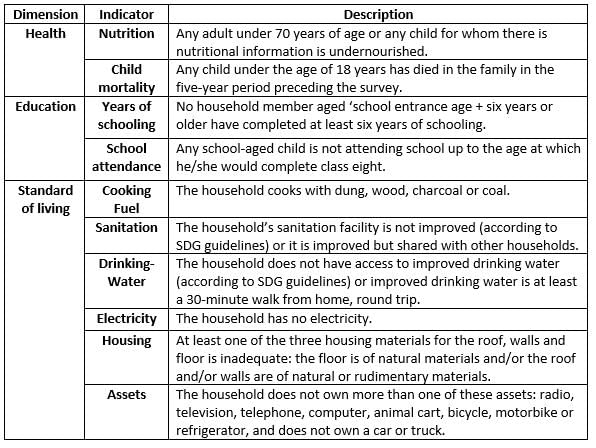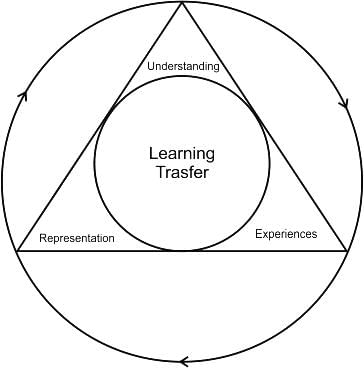DSSSB PGT Economics Mock Test - 1 - DSSSB TGT/PGT/PRT MCQ
30 Questions MCQ Test DSSSB PGT Mock Test Series 2025 - DSSSB PGT Economics Mock Test - 1
Select the option that is related to the third word in the same way as the second word is related to the first word. (The words must be considered as meaningful English words and must not be related to each other based on the number of letters/number of consonants/vowels in the word)
Drone : Bee :: Colt : ?
If A/4 = B/5 = C/7, then the value of (A + B + C)/A is:
30% of A = 50% of K. If K is 72, then what is the value of 15% of A?
Select the most appropriate synonym of the given word.
Celestial
Identify the correct choice to fill in the blank.
Despite the _____ warnings, they ventured into the dangerous terrains.
What was the impact of the global adoption of email?
Which of the following statement is correct?
I. In 1949, the Planning Commission was set up with the Prime Minister as its chairman.
II. GDP is the market value of all final goods and services produced in a country during a year.
Arrange the Economists' names in chronological order of when they proposed their theories:
1. Adam Smith
2. John Maynard Keynes
3. David Ricardo
4. Robert Lucas
5. Milton Friedman
Consider the following statement(s).
1. Adverse selection is a situation where participation is affected by asymmetric information.
2. Asymmetric information generates moral hazards and adverse reflection.
Select the correct answer using the codes given below
(R): International trade is an engine of growth.
Which of the following is (are) correct?
i) TC = TFC + TVC
ii) MC = ΔTC / ΔQ
iii) ATC = AVC + AFC
iv) MC = TFC / Q
The firms are competitive and profit maximizing the demand curve for labour is determined by
Match the items of List I with the items of List II and choose the correct answer from the code given below.

Which of the following statements are correct with respect to Special Drawing Rights maintained by the International Monetary Fund (IMF)?
1. The US Dollar has the highest weightage in the SDR basket of currency followed by the Pound.
2. The latest currency that was added to the basket of currencies is the Japanese Yen
Select the correct answer using the code given below:Consider the following statements:
1. The quantity of imported edible oils is more than the domestic production of edible oils in the last five years.
2. The Government does not impose any customs duty in all the imported edible oils as a special case.
Which of the statements given above is/are correct?
Consider the following statement regarding General agreement on Trade in Services (GATS)?
1. It lays down set of regulations that governs trade in services among the WTO members.
2. GATS provides for 4 modes of Services.
3. GATS rules cover a broad range of economic activity such as health care, education, telecommunications, banking, insurance and BPO, tourism and so on.
4. India is interested in these fields due to its core competence.
Which of the statements given above is/are correct?Which of the following is not a component of NFIA (Net factor income from abroad)?
Directions: In the questions given below are two statements labelled as Assertion (A) and Reason (R). In the context of the two statements, which one of the following is correct?
Assertion (A) Financial markets are a mechanism enabling participants to deal in financial claims.
Reason (R) The markets also provide a facility in which their demands and requirements interact to set a price for such claims.
Consider the following statements.
1. The Net Domestic Product is the GDP calculated after adjusting the weight of the value of 'depreciation'.
2. The Gross Domestic Product is the 'national income' according to which the International Monetary Fund (IMF) ranks the countries in terms of the volumes at Purchasing Power Parity (PPP).
3. Intermediate goods are now included while calculating the National Income.
Which among the above statements is/are correct?
Which of the following are the indicators of the Global Multidimensional Poverty Index?
A. Child Mortality
B. Learning outcome
C. Cooking Fuel
D. Electricity
Select the correct answer using the code given below.
Ranvir has learned to typewrite. When she reached high school, she learned computers where she could operate a computer keyboard very easily. This can be attributed to:‐




 .
. = g(b) - g(a).
= g(b) - g(a).

















